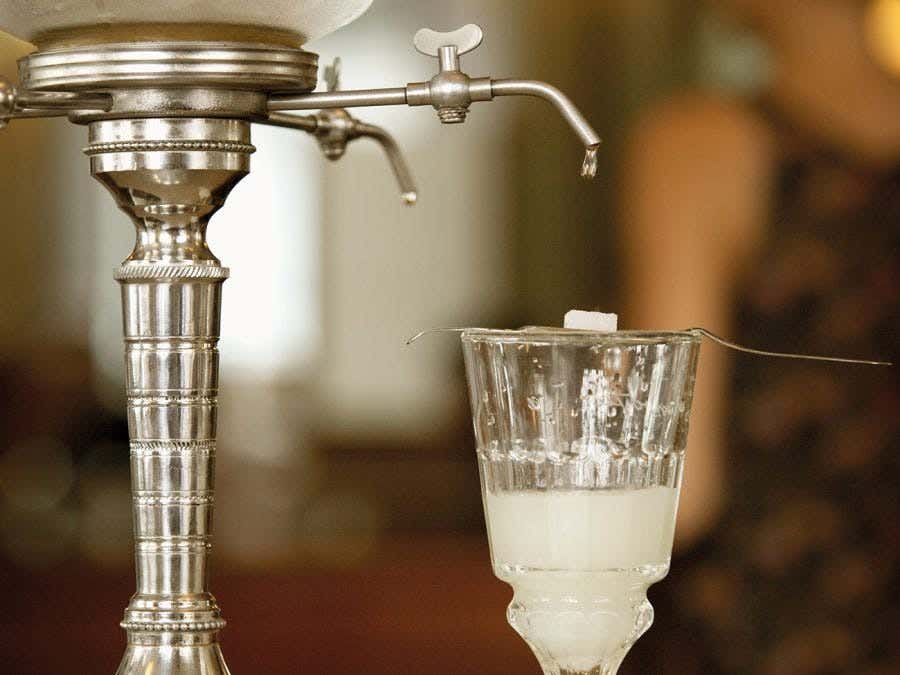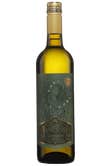In Ancient Greece, Hippocrates and Pythagorus extolled the virtues of absinthe, from stimulating creativity to aphrodisiac effects, all the way to soothing menstrual cramps. In the 19th century, it was the beverage of choice for artists – especially in France – because of its purported ability to sharpen the senses and loosen inhibitions.
Such was its popularity that, in France and Switzerland, it became the unofficial national drink near the end of the 19th century. Winemakers grew envious of absinthe’s popularity, and began to highlight its ill effects. The latter campaign was supported by ardent prohibitionists, and led to absinthe’s legal ban throughout Europe and North America as of 1910. One of the campaign’s most potent claims at the time? Thujone, one of absinthe’s active compounds, caused serious neurological disorders.
From legend to reality
With science’s help, it was later discovered that thujone’s negative effects, while real, required drinkers to consume several litres at a time in order to be toxic! In the 1990s, a more objective assessment of the risks and rewards of the legendary herb Artemisia Absinthium lead to the spirit’s legalization in France and Switzerland (where it had always been produced illegally here and there in small valley towns) and North America.
Baudelaire, Toulouse-Lautrec, Oscar Wilde, Van Gogh: These are just some of the legendary souls associated with absinthe, which makes it no wonder that distillers have enthusiastically returned to traditional and new ways of making absinthe.
Made in Quebec
In Quebec, the Absintherie des Cantons has made the spirit its hallmark since its founding in 2015. Two other distillers have also joined the crowd: the Distillerie Fils du Roy (La Courailleuse) and Distillerie Mariana in association with Les Spiritueux Iberville. All of the above producers make an exceptional product that’s sure to establish the famed ‘green fairy’ on the shelves of well-stocked bars throughout the province!
-
Inspiration
(810)
- Profiles (201)
- Interviews (85)
- Share (325)
- Trends (67)
- Tasting and service (51)
- Production methods (21)
- Conservation (5)
- Wine cultivation (27)
- Pairings and Taste Tags (26)
- The SAQ is here (53)
-
About us
(73)
- Press releases (60)
- Career (5)
- Clarifications (8)
- Sustainable development (21)
 Access to SAQ Inspire personalized services and store inventories are unavailable at the moment.
Access to SAQ Inspire personalized services and store inventories are unavailable at the moment. Free in-store delivery with purchases of $75+ in an estimated 3 to 5 business days.
Free in-store delivery with purchases of $75+ in an estimated 3 to 5 business days. 












